Essential knowledge and standard extraction tutorial for beginners
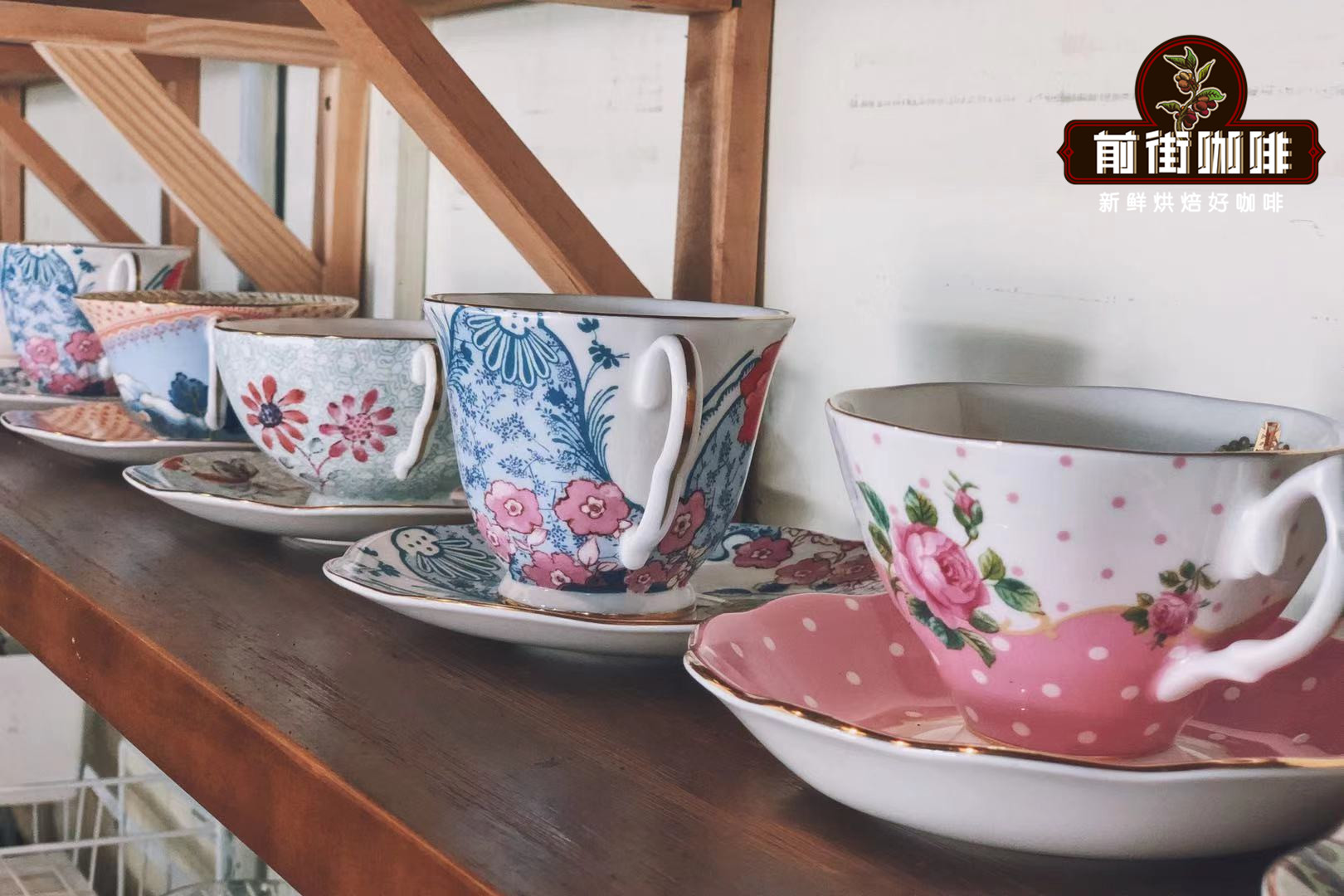
Professional coffee knowledge exchange more coffee bean information please follow the coffee workshop (Wechat official account cafe_style)
With the growth of public demand for coffee, more and more coffee lovers buy related coffee utensils. In the third wave of boutique coffee, online sales of hand-brewed coffee utensils are on the rise, and it is becoming more and more common for more and more coffee lovers to have an Italian coffee machine at home. However, Qianjie also noticed that although people have bought espresso machines, many friends have little knowledge of how to use espresso machines to extract coffee, how many grams of coffee powder or extraction time. In front of this article, we will talk to you about the use of Italian coffee machine to extract and concentrate.
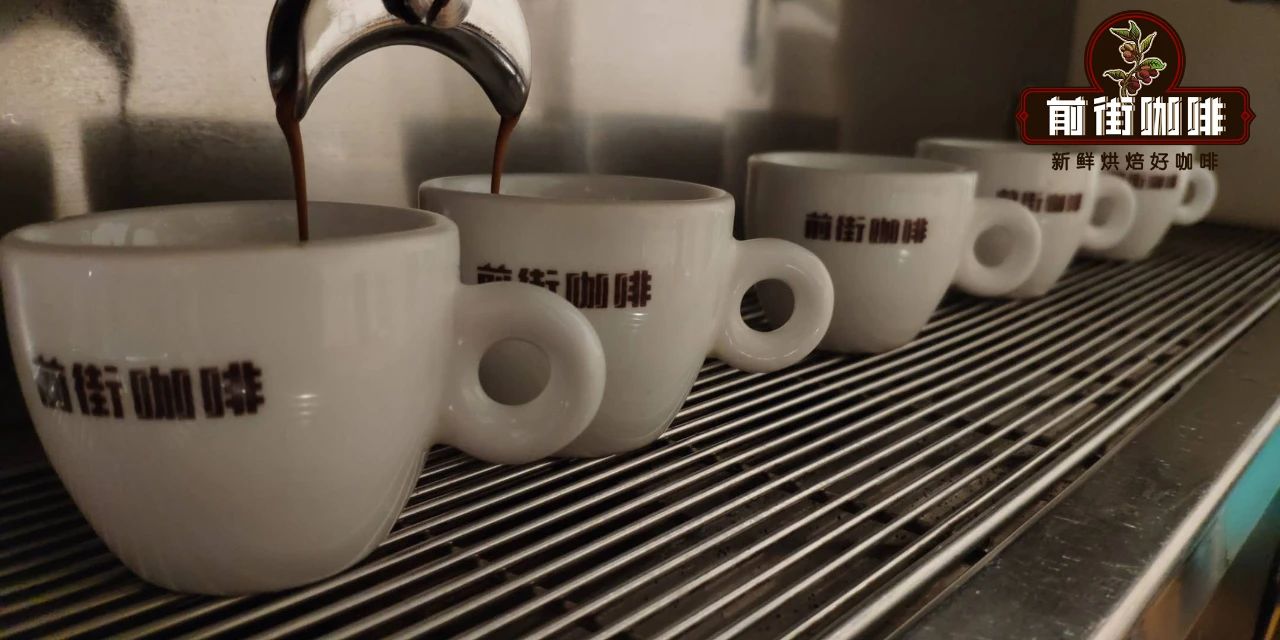
What kind of coffee beans do you choose for Italian concentrate?
Espresso extracted by an Italian coffee machine usually has a layer of oil on its surface, which is also a very important factor in making a cup of espresso. Carbon dioxide is the main source of crema in espresso (another smaller source is emulsified fat in coffee). Qianjie recommends using coffee beans baked within days or weeks, not beans that have been kept for months!
Because the longer the coffee bean is placed, it will gradually lose the carbon dioxide produced in the baking process; when you grind the bean, the cell wall where the beans store carbon dioxide and other volatiles will be broken and released, so in order to get the best results, it is best to grind and press, because the aroma of carbon dioxide and coffee will be lost over time, and oxidation will begin soon! Fresh and freshly ground coffee can get the best flavor and crema.
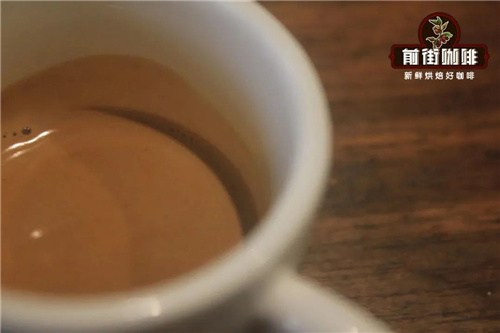
Beans commonly used in espresso belong to Italian beans. Each bean has its own advantages and disadvantages. Maybe the coffee liquid oil extracted from this bean through the espresso machine is not enough. Then you can add fat-rich coffee beans to complement each other: if the espresso extracted from this bean is too sour, too bitter, and too sweet, then you can find a complementary one to match each other to achieve the desired coffee flavor.
At present, the mixed beans used in Qianjie coffee are self-baked coffee beans, this Italian coffee bean is as comfortable as the sun, and the taste is eye-catching. With fermented Honduran sherry coffee beans and red cherry coffee beans with sour taste, a comprehensive coffee with rich aroma can be prepared. So Qianjie named this Italian coffee bean sunflower sunflower blend.
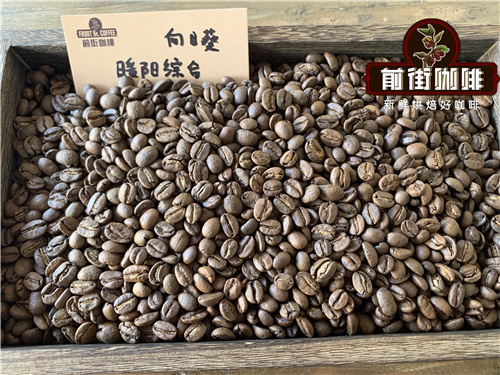
What kind of coffee grinder do you choose for Italian concentration?
To make standard espresso, Qianjie recommends that you use a plate grinder (Burr grinder). The size of the powder grinded by the disc grinder is more uniform than that of the blade grinder (Blade grinder). It also allows you to control the size of the powder by yourself, so be sure to choose a disc grinder whether you use a hand mill or an electric mill! The grinder also has different designs of cutter heads, such as conical cutters (Conical burr), flat cutters (Flat burr) or ghost tooth cutters (Ghost teeth Burr), etc., and in each category, each manufacturer has a different detailed design of the cutter head!
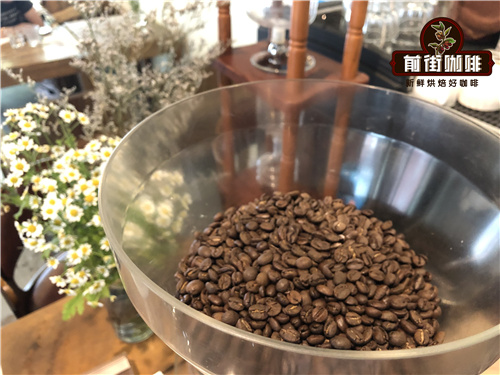
Not all disc grinders are suitable for grinding espresso powder. for example, many bean grinders with cones or flat knives may be designed for other types of coffee that use thicker coffee powder, such as hand grinder, siphon, French pressure or mocha pot, while the bean grinder with ghost tooth cutter is mainly designed for hand grinder and siphon. Espresso uses finer powder because the increase in the surface area of coffee powder increases the extraction rate of espresso (Extraction yield). That is, the percentage of all the soluble solid substances in the coffee powder that eventually dissolves in the coffee liquid) is higher, but these bean grinders may not be able to grind the finer coffee powder required for standard espresso! So when you choose a cone knife or flat knife bean grinder, be sure to make sure it is suitable for espresso (or "Italian bean grinder")!
How should the thickness of coffee powder be adjusted by extracting espresso?
If you don't know how to set the size of coffee beans, you can refer to the Qianjie coffee standard. Qianjie coffee grindability standard sieve pass rate:
Ice drop > hand race wind 80% > Mocha American drip 75-80% > cup test 70-75% > method pressure 65-70%.
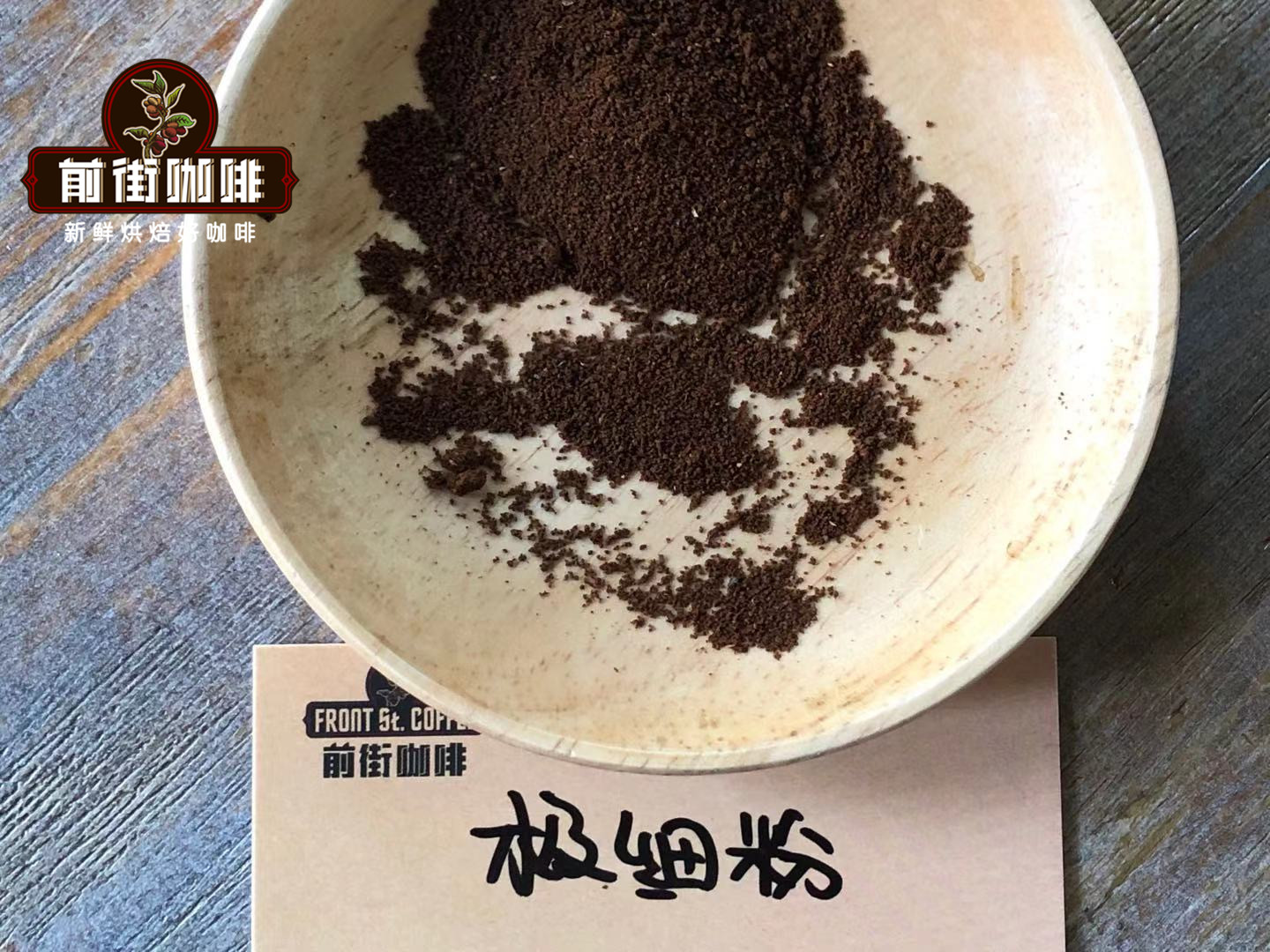
Standard espresso production requires pressure during brewing. If semi-automatic or fully automatic machines are used, the machine itself will make pressure control. Generally, semi-automatic machines need to Dial in to fine powder, about 16-18 grams of coffee, and can produce about 32-36 grams of espresso in about 20-30 seconds. On the other hand, if you use the handle machine that controls the pressure, you should adjust the coffee powder so that it can produce a resistance of 6-9 BAR during brewing, and finish brewing in 20-30 seconds; when you change the coffee beans, you may also need to adjust their thickness again to achieve the ideal pressure and time.
How to cloth powder and press powder?
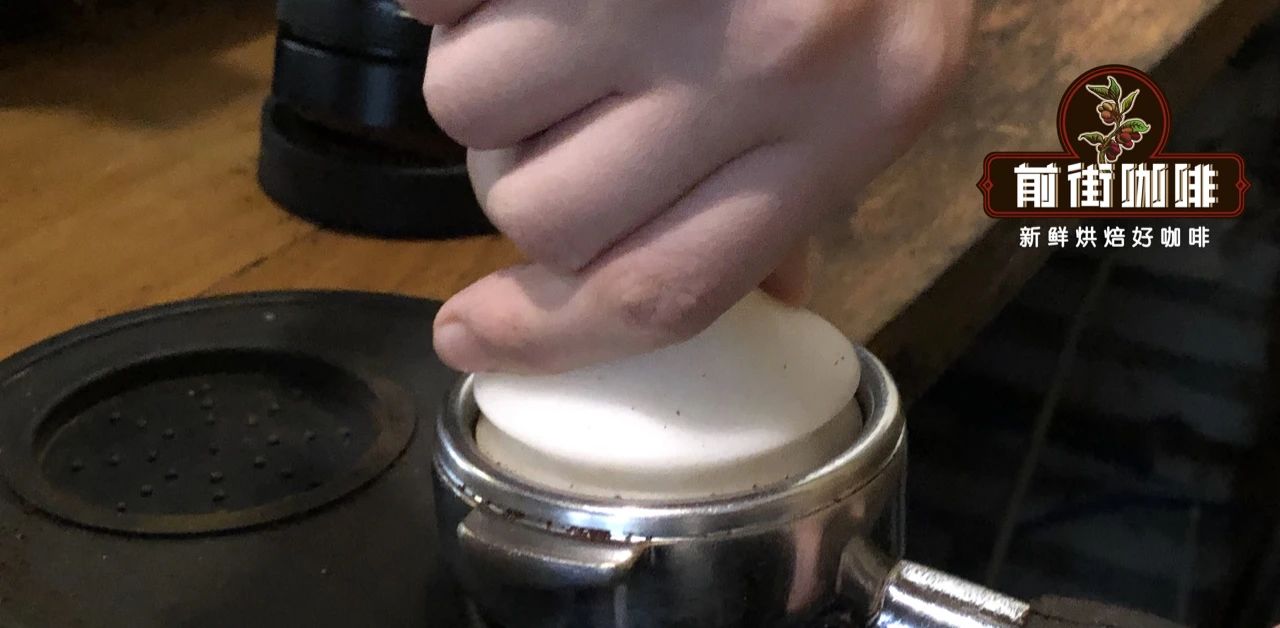
When putting coffee powder into a powder bowl, a good cloth powder method should be used to eliminate coffee caking and air bags in the powder bowl, and to avoid producing channels during brewing, such as using WDT (Weiss Distribution Technique) cloth powder method, or tapping the powder cup on a cushion. Before pressing the powder, you should first flatten the coffee powder in the powder bowl, and then press the powder, so as to avoid uneven extraction of the whole pressed powder in the powder bowl, because if the coffee powder is not smooth, the density of coffee powder on both sides will be different after pressing the powder. resulting in an imbalance in the extraction of the whole pressed powder! There is also pressing powder does not necessarily need to be very hard, the purpose of pressing powder is to be able to press the powder bed flat, and use this pressure to remove additional air bags that have not been removed.
Ratio of Italian concentrated coffee powder to water
Espresso's powder-to-water ratio, that is, the ratio of coffee powder to coffee output, the front street most commonly uses 20 grams of coffee powder, brewing 40 grams of espresso, the powder-to-water ratio is about 1:2, and sometimes the front street will be adjusted according to the situation. The powder / water ratio of espresso can vary greatly according to personal preference and regional characteristics, for example, from 1:1 to 1:4, the Italians also give different names to these different concentrations of espresso, such as Ristretto espresso, Normale espresso, Lungo espresso and so on.
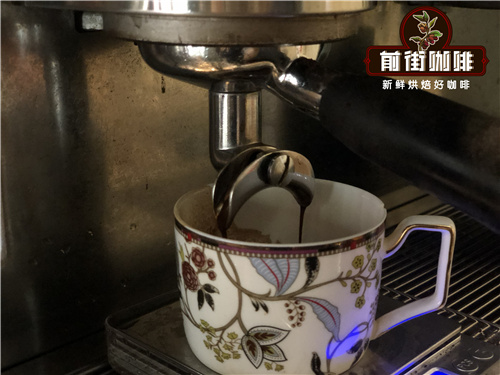
Of course, in espresso extraction, the higher the powder-to-water ratio, the greater the amount of coffee injected into the cup, although the extraction rate will increase, but the coffee will become lighter; generally, the most common espresso powder-to-water ratio is about 1:2 to 1:3, with different concentrations of espresso, after adding water or milk, milk foam or cocoa, etc., coffee has different changes and flavor. The latte currently used in Qianjie is 1PUR 6.5, that is, 40g espresso mixed with 260g steamed milk.
Qianjie believes that in order to make a cup of standard espresso, in addition to the coffee powder itself, fine powder control, cloth powder, pressing powder and other skills and powder-water ratio mentioned above, it is also necessary to pay attention to the pressure, temperature and time control during brewing. 6-9 BAR pressure is generally used in espresso production. Of course, pressure is not the only factor affecting the extraction rate, not necessarily the higher the pressure, the better the espresso!
Temperature control of Italian espresso extraction
Making espresso depends on the water temperature, pressure and time to dissolve the soluble solid substance (Soluble solids) in the coffee powder, but the water temperature is too high or the time is too long, it will cause over-extraction and make the coffee bitter! If the water temperature is too low or the time is too short, the coffee may be light and sour due to insufficient extraction. Generally speaking, we use a water temperature of about 91-96 degrees Celsius to extract espresso, but the more deeply roasted coffee beans are, the lower the temperature should be, because heavy-roasted coffee beans will already taste bitter. Lightly roasted coffee beans use a higher temperature, because lightly roasted coffee beans will taste sour.
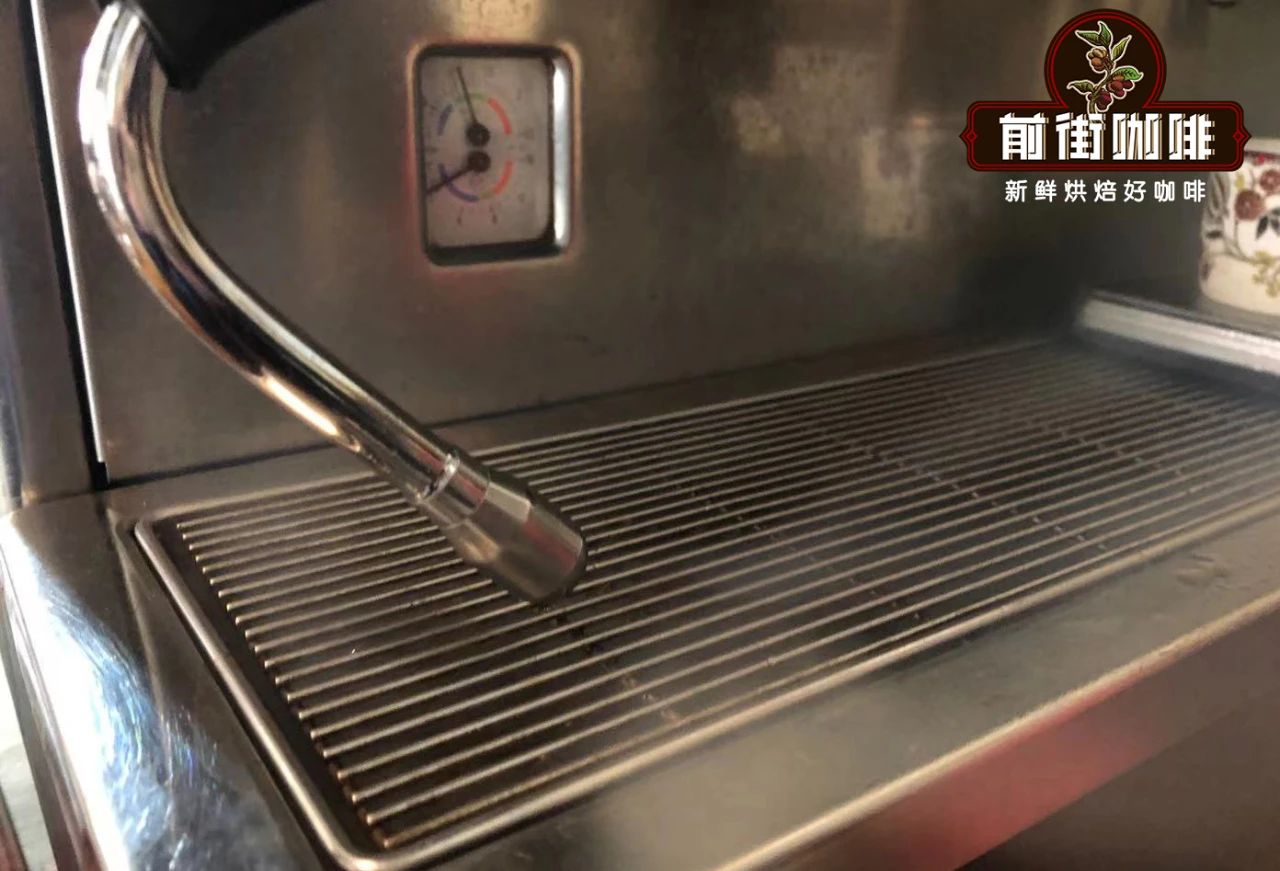
In addition, all espresso coffee machines, whether fully automatic, semi-automatic or manual, should be preheated to reach the working temperature; the water temperature has a great influence on the taste of espresso, so Qianjie suggests that you try and adjust your boiling water temperature and preheating time / practice when making espresso to achieve your desired taste.
When everyone knows the above extraction parameters of espresso, you can start to do it yourself! After brewing, we find that the coffee powder will be wet or muddy, please do not worry, as long as the extraction is uniform, this condition will not affect your espresso quality. Next, Qianjie will share with you the method and related parameters of making latte in Qianjie.
The proportion and method of making latte in Qianjie
The espresso extraction scheme used in Qianjie is that 20g coffee powder extracts 40g espresso solution in 27 seconds as the base of latte.
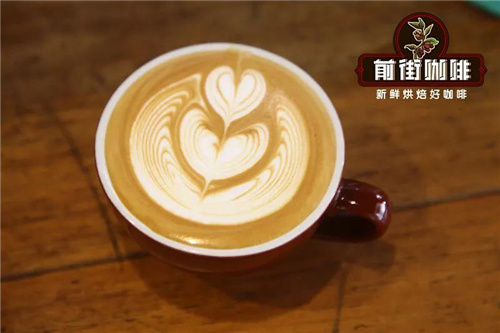
The front street uses the Pegasus E98 espresso machine. The extraction parameters are as follows:
Pressure: 9 bar ±2
Temperature: 90.5 ~ 96 °C
Time: 20: 30 sec
Ratio of powder to water: 1. 7: 1. 1: 2.
Powder content: 12g (single espresso) 20g (double espresso)
Extraction concentration: 20ml (single part) 40ml (double part)
After the extraction of espresso, it is time to take the steps related to milking. Qianjie introduces a simple way to make milk foam, that is, pour half of the milk into the steel cup, let the steam pipe and the milk perpendicular to the center or the edge of the steel cup, then let the steam head just touch the surface of the milk, then turn on the steam to 1 stroke 2, do not move the steel cup, slowly close when the milk reaches 50 degrees, close at 60 degrees, and finally the temperature will reach 66 degrees, so that you can make a good cup of milk foam.
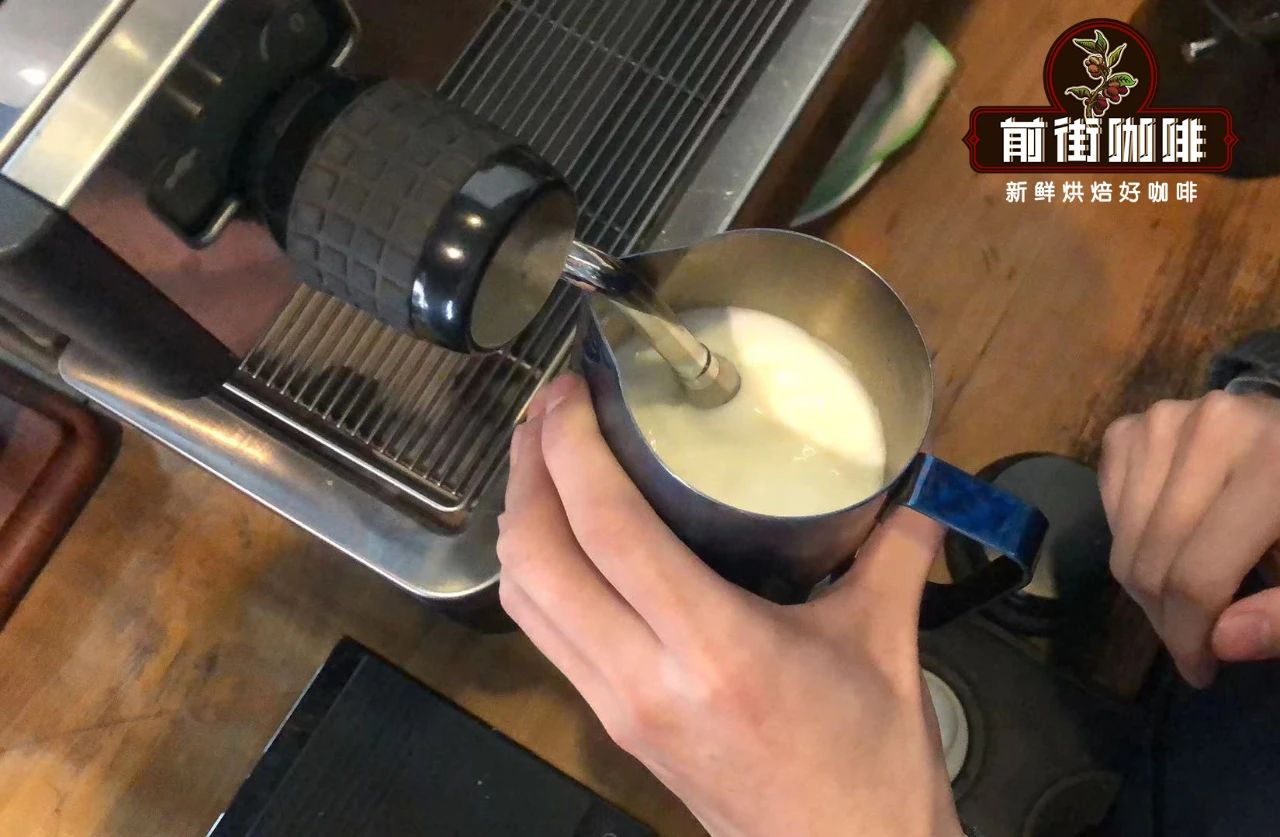
Then you can mix espresso and milk foam, and if you can pull flowers, you can pull your favorite pattern. It doesn't matter if you don't have flowers. Whether you have flowers or not will not affect the taste of a latte.
For more boutique coffee beans, please add private Qianjie coffee on Wechat. WeChat account: kaixinguoguo0925
Important Notice :
前街咖啡 FrontStreet Coffee has moved to new addredd:
FrontStreet Coffee Address: 315,Donghua East Road,GuangZhou
Tel:020 38364473
- Prev
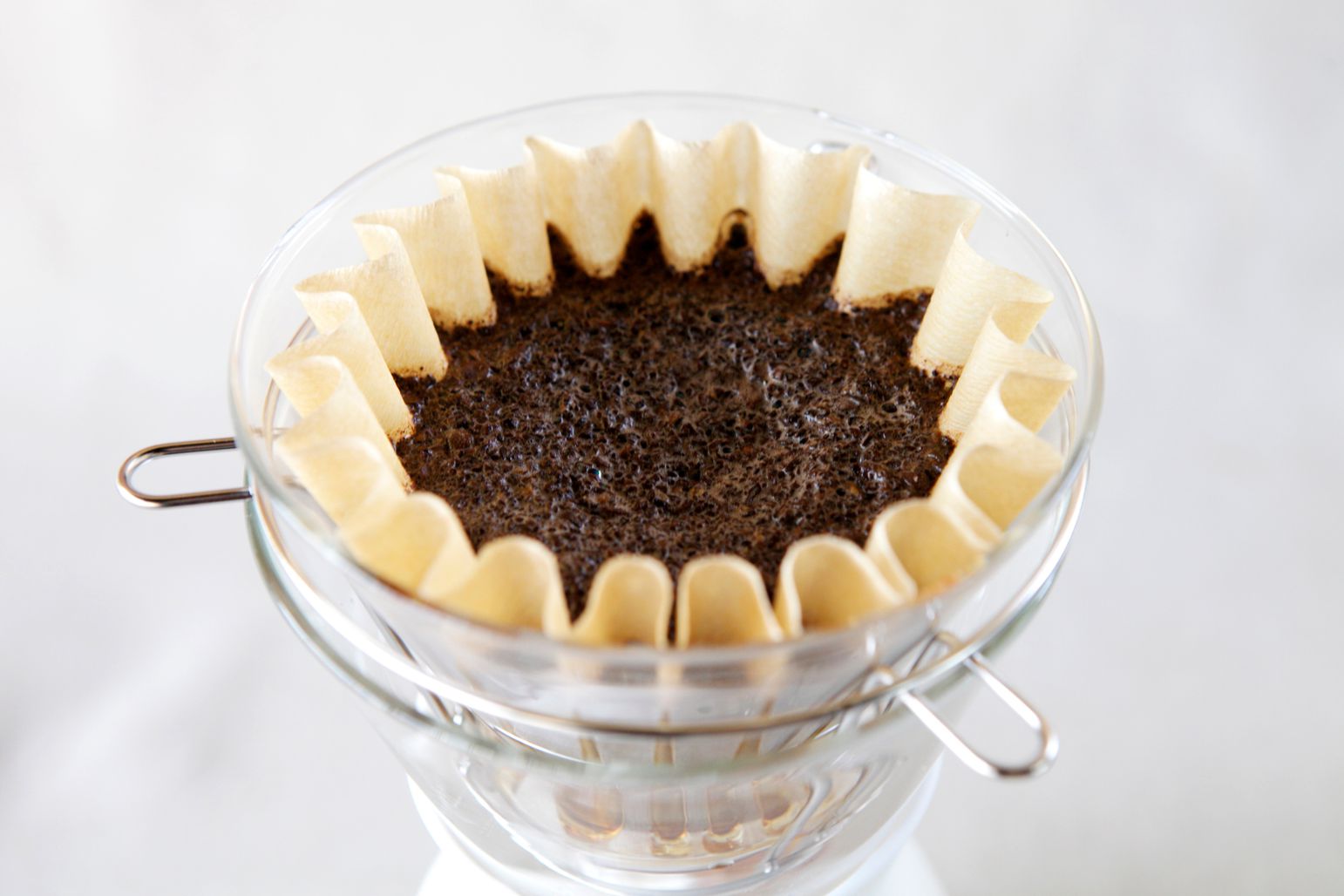
How to make a bad cup of coffee? What kind of coffee is bad?
Professional coffee knowledge exchange more coffee bean information Please follow the coffee workshop (Wechat official account cafe_style) brewing coffee is a very simple and easy thing. But how difficult it is to make a good cup of coffee. Different people have different preferences, and different materials and utensils will lead to different results. How about this? today, the editor will do the opposite.
- Next
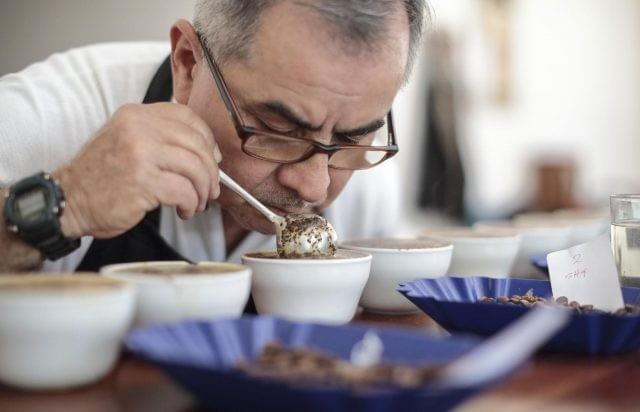
Want to evaluate the quality of coffee objectively and impartially? You need to learn coffee blind test _ what is coffee blind test?
Professional coffee knowledge exchange more coffee bean information Please pay attention to the coffee workshop (Wechat official account cafe_style) during the cup test, you always want to evaluate the coffee quality in an objective and impartial way, but in fact it is very difficult to be objective. Your preset expectations and personal biases will always affect the score of this cup of coffee. To solve this problem, we can only rely on blind test. Blind test is not only to help you but also
Related
- Beginners will see the "Coffee pull flower" guide!
- What is the difference between ice blog purified milk and ordinary milk coffee?
- Why is the Philippines the largest producer of crops in Liberia?
- For coffee extraction, should the fine powder be retained?
- How does extracted espresso fill pressed powder? How much strength does it take to press the powder?
- How to make jasmine cold extract coffee? Is the jasmine + latte good?
- Will this little toy really make the coffee taste better? How does Lily Drip affect coffee extraction?
- Will the action of slapping the filter cup also affect coffee extraction?
- What's the difference between powder-to-water ratio and powder-to-liquid ratio?
- What is the Ethiopian local species? What does it have to do with Heirloom native species?

